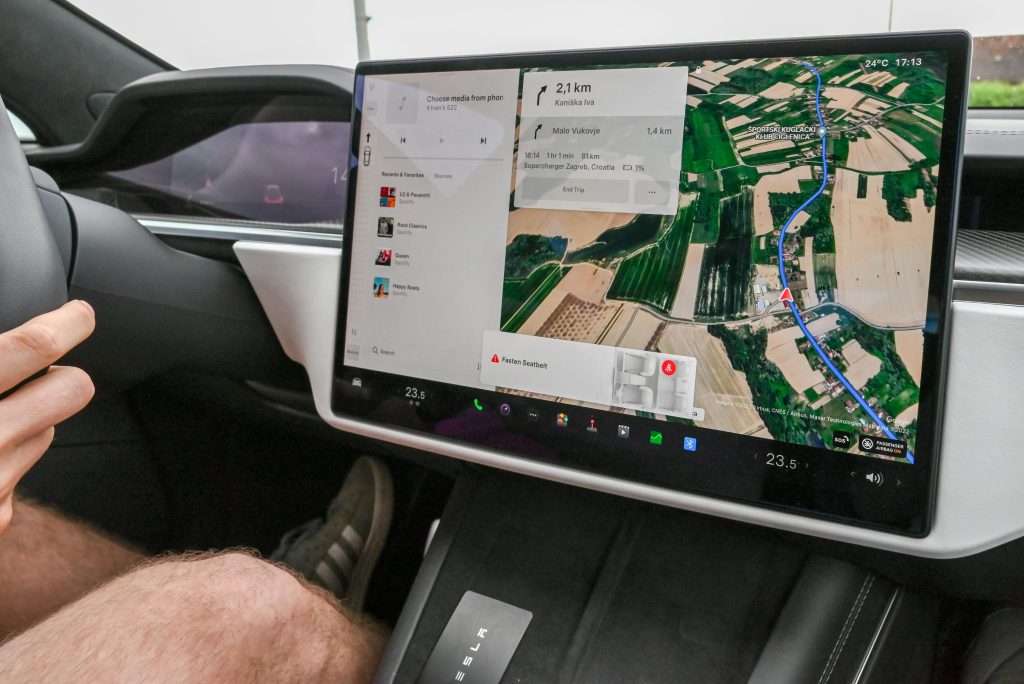Smart technology is redefining the way we live—transforming homes into intuitive, responsive environments that enhance comfort, efficiency, and security. In 2025, this shift isn’t just about gadgets—it’s a fundamental change in everyday living. This article explores how smart devices are changing home living, spotlighting key trends that are currently shaping the smart home landscape.

AI-Powered Home Assistants That Anticipate Needs
The rise of AI-powered assistants marks a significant shift from reactive to anticipatory home systems. Google’s launch of Gemini for Home, a more intelligent and natural AI assistant, promises to replace existing virtual helpers and manage multiple devices and tasks seamlessly. It can handle everything from media playback to cooking to device troubleshooting—all with a more human-like interface.
Similarly, Homes & Gardens highlights how smart systems now adapt to your habits—adjusting lighting, ambiance, and cleaning routines based on behavioral patterns and environmental data. This level of automation brings hands-free convenience like never before.
Smarter Security, Health Monitoring, and Privacy
Smart home security has also taken a leap forward. Innovations such as motion sensors that distinguish between people and pets and smart cameras with proximity-triggered actions are reducing false alarms and enhancing safety.
At the same time, homeowners are becoming more aware of data risks. In Australia, projections show nearly one billion smart devices by the end of 2025, yet over half of users remain unaware of how their data is being tracked and used.
Privacy-driven trends like physical privacy shutters for cameras and explicit visual or audio indicators are emerging as homeowners demand more control over their data.
Massive Market Growth and Energy-Savvy Devices
Smart device adoption is accelerating globally. The home automation market is projected to surge from about $132 billion in 2025 to over $1 trillion by 2034, with annual growth exceeding 27%.
In terms of appliances alone, the global smart home appliances market is expected to grow from approximately $64 billion in 2024 to $126 billion by 2030.
Beyond convenience, energy efficiency is a major focus—particularly with smart thermostats, lighting, and appliances helping homeowners cut utility bills and reduce environmental impact (e.g. smart thermostats alone can reduce heating/cooling costs by up to 20%).
Seamless Integration: New Operating Systems & Unified Ecosystems
A major development in 2025 is Apple’s rumored introduction of “Charismatic”, a smart-home-optimized operating system designed to unify control across devices using voice and facial recognition. It marks Apple’s intent to compete more directly in the connected home space.
These advances point toward integrated experiences—where devices seamlessly collaborate across platforms, simplifying user experiences and reducing fragmentation.
Smart Homes That Sense and Adapt
Robotic helpers and sensor-driven systems are entering everyday life. At CES 2025, Samsung showcased its “Home AI” vision, featuring robots like Ballie that interconnect home devices and adapt in real time.
Robotic vacuums and smart lawns—growing hugely popular among younger demographics—are becoming commonplace and capable of cleaning efficiently with advanced navigation tech.
Real Estate Value and Smart Living
Smart technology is shifting expectations in real estate too. In 2025, 78% of homebuyers prefer listings with smart home features; smart-equipped properties sell faster and often command higher prices—up to 4–6% more rent or accelerated sales.
New urban developments are even being built with smart features embedded from the ground up, reflecting how integrated technology is becoming a standard, not a luxury.
Interoperability, Standards, and Inclusion
Seamless device communication remains a challenge. The Matter protocol—backed by Apple, Amazon, and Google—aims to simplify connectivity and ensure compatibility across brands and devices.
Smart systems are also expanding accessibility. For older adults and individuals with disabilities, home automation offers assistance with reminders, health monitoring, security, and independence in ways that were previously unthinkable.
10 Practical Ways Smart Devices Enhance Home Living
- Anticipatory Comfort: AI systems automatically adjust lighting, temperature, and music based on mood and activity.
- Intelligent Assistance: Gemini for Home offers a more natural voice interface to manage home tasks.
- Secure Monitoring: AI-enhanced cameras differentiate people, pets, and threats.
- Privacy Controls: Devices now include physical shutters and visual indicators for data protection.
- Cost Savings: Smart thermostats and lighting systems significantly lower utility bills.
- Unified Control: Emerging smart OS like “Charismatic” promise streamlined device management.
- Robot Helpers: Ballie and automated cleaners handle chores autonomously.
- Property Value: Smart-enabled homes are faster to sell and more attractive to buyers.
- Device Integration: Protocols like Matter simplify cross-brand compatibility.
- Inclusive Living: Automation supports independence for aging or disabled residents.
Conclusion
Smart devices are no longer novelty items—they’re reshaping how we live at home. From AI-powered assistants and robotic helpers to energy-saving systems and enhanced safety measures, the trajectory is toward environments that not only respond, but also anticipate our needs.
As these technologies continue to evolve—driven by interoperability, inclusion, and privacy—our homes become more personal, efficient, and secure. Whether you’re tech-savvy or cautious, understanding this shift empowers you to craft a smarter, more intuitive living space.
References
- The New York Times Wirecutter. (2024). The best smart kitchen devices. Retrieved from https://www.nytimes.com/wirecutter/
- Statista. (2025). Smart home – Statistics & Facts. Retrieved from https://www.statista.com/topics/2430/smart-homes/
- McKinsey & Company. (2023). Smart homes and beyond: The future of connected living. Retrieved from https://www.mckinsey.com/industries/technology-media-and-telecommunications/our-insights/smart-homes-and-beyond









